Watertown High School logo change sparks “fierce” debate
Student contest to produce new look for school mascot May 22; Raider nickname may be replaced
April 30, 2015
After decades of students and fans wearing face paint and feathered headdresses for football games and pep rallies, Watertown High School will be getting a new mascot — replacing the Raider with one that will likely have nothing to do with the image of a tomahawk-wielding Native American.
Watertown High School groups have used the old logo and mascot unofficially since it was discontinued about seven years ago, but now the school is making the change official.
According to a statement issued by principal Shirley Lundberg, the old logo was “stereotyped a nation/race of people.” Brian Brewer, the WHS dean of students, said in an interview that many other schools in the Massachusetts Interscholastic Athletic Association with team names and mascots that may be considered offensive have already changed them.
The process for changing the Raiders’ logo started Wednesday, April 29, with a whole-school assembly explaining why and how the change would occur. Lundberg announced a competition, open to all WHS students, to propose a new logo. The new logo must be reproducible, original, and “may not stereotype any group, race or nation of people.”
Students must submit logos by May 13, and those will then be narrowed down by the class officers in the four grades, leading to a final student and faculty vote on May 19. The winning logo will be announced May 22.
“We want to make sure it’s appropriate, so no Native Americans or anybody else is stereotyped,” said WHS junior class president Farid Mawanda.
Additionally, the team nickname “Raiders” is not binding to the new mascot. According to the contest rules, new names may be submitted along with logo designs.
When asked about the financial cost of changing the name, Brewer said it would be “a lot. We would have to change the team uniforms immediately.”
At Wednesday’s all-school assembly, WHS students were shown a documentary called “In Whose Honor” about the battle by Native American groups to change the University of Illinois’s Chief Illiniwek mascot. The pros and cons of keeping Native American mascots were discussed in the film. Pros included honoring Native American tribes through a traditional mascot that brings students together, while cons included caricaturing Native American cultures and religious practices in a patronizing manner.
Despite having its share of phone-addicted and chatty teenagers, the 8 a.m. assembly was quite relaxed and uneventful. The big screen swallowed the auditorium, while the dramatic documentary registered in the audience members’ minds.
After the assembly, students moved to smaller advisory and homeroom classes throughout the school to talk about the mascot and the logo contest. By all accounts, passionate debate and discussion commenced.
“It was nice to hear people debate both sides of the argument without getting very aggressive,’’ junior Sara Fulton said. “It was an enjoyable discussion.”
Students discussed topics ranging from potential reasons for inconsistent Native American feelings to painting faces red at football games. Some advocating for the removal of the logo suggested that representing indigenous people could remind them of brutal moments in history; some defending the WHS logo said the usage and presentation of a mascot varies from school to school and cannot be judged by its name or picture.
English teacher William MacLaughlin was quick to remind his students that whether the logo should be removed was not the issue, as that had been done years ago, further complicating the issue and prompting junior Becca Grossman to ask, “What’s the point of bringing this up now?”
The most intriguing aspect of the school-wide conversation was that the new logo may require a nickname change as well.
“The decision to change our mascot in any kind of way shouldn’t be a decision made by administration and it should be a decision made by the majority of the people,” said junior Danny McCurley. “If nobody in Watertown thinks it’s offensive, it doesn’t matter what anybody anywhere else thinks.”
McCurley echoed a sentiment among students that the Raider logo has never been tagged as offensive by students before.
“I’m 50 percent Native American and I don’t find the Raider offensive,” said junior Hannah Cook. “The school is being overly dramatic about this. All we need to do is change the image and stop making it into such a big deal.”
Some students wore signs to school Wednesday that said, “Keep Our Mascot,” and one wore a war bonnet. Others sported jerseys and hoodies emblazoned with the Raider logo, though it cannot be certain whether these were worn in greater numbers than on normal school days.
Others applauded the decision to move to a new logo. Junior Kira Peterson stated that having the current de facto Raider logo “is like saying a certain type of person is more aggressive.”
According to senior Ghi Coulter-de Wit, who conducted a survey of 100 students as part of a project in her AP Statistics class, around 48 percent of WHS students strongly or somewhat strongly believe the Raider logo should be kept, 26 percent believe strongly or somewhat strongly believe that it should be changed, and 26 percent were indifferent. The survey also indicated that students who played sports at WHS were more likely to support keeping the old Raider logo.
But, say administrators, that matter is not up for debate. The old logo has been retired and the new logo and/or mascot will be announced in just over three weeks.
The Watertown High School community anxiously awaits further developments in the creation of a new mascot. What Watertown High sports fans will paint on their faces at sports games in the future remains uncertain.
–April 30, 2015–

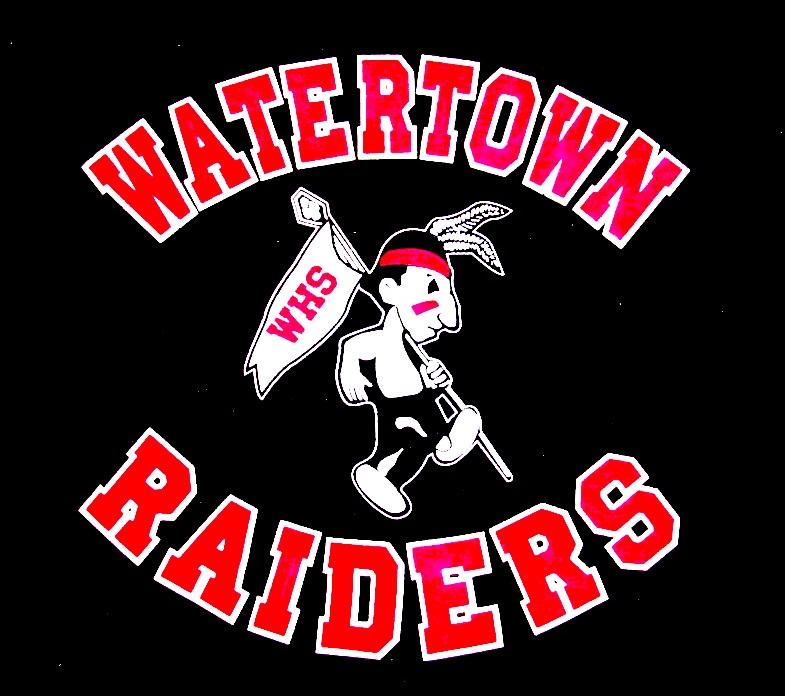
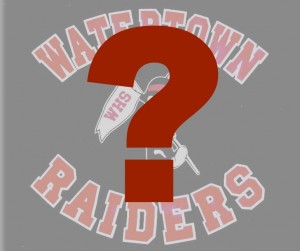
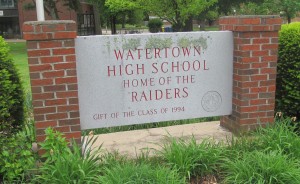

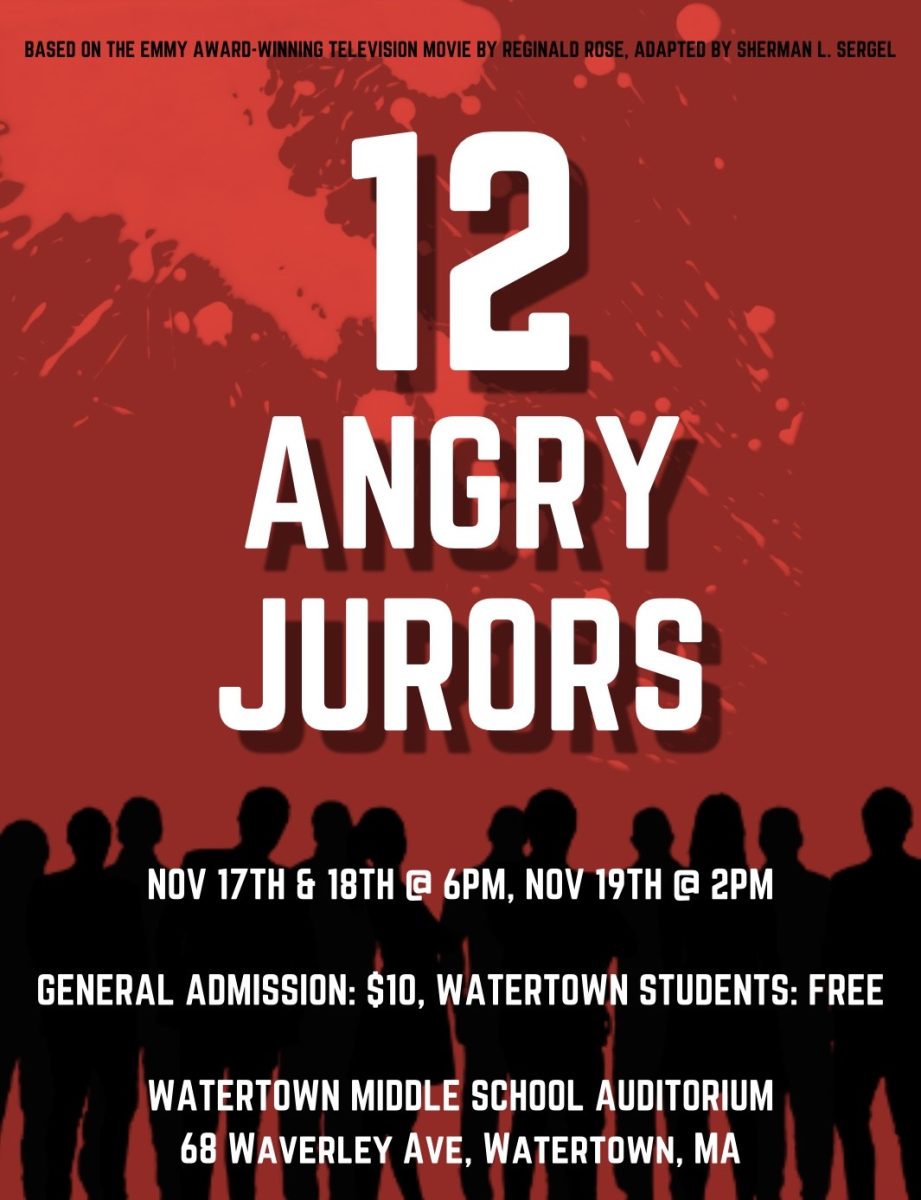
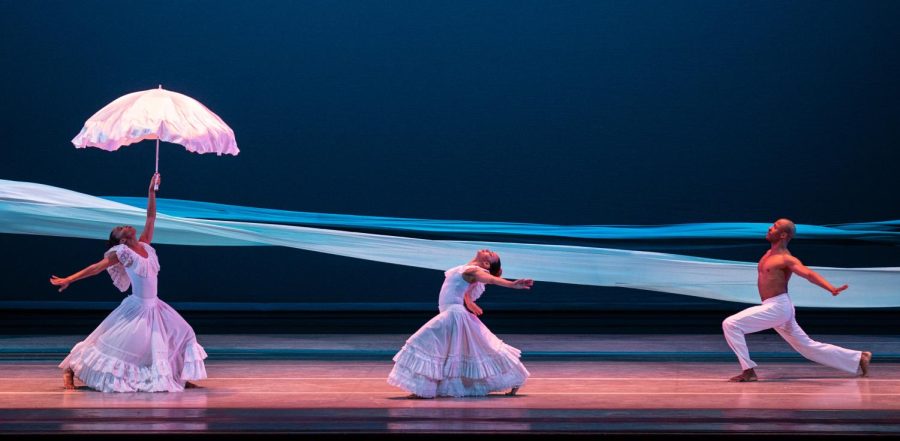
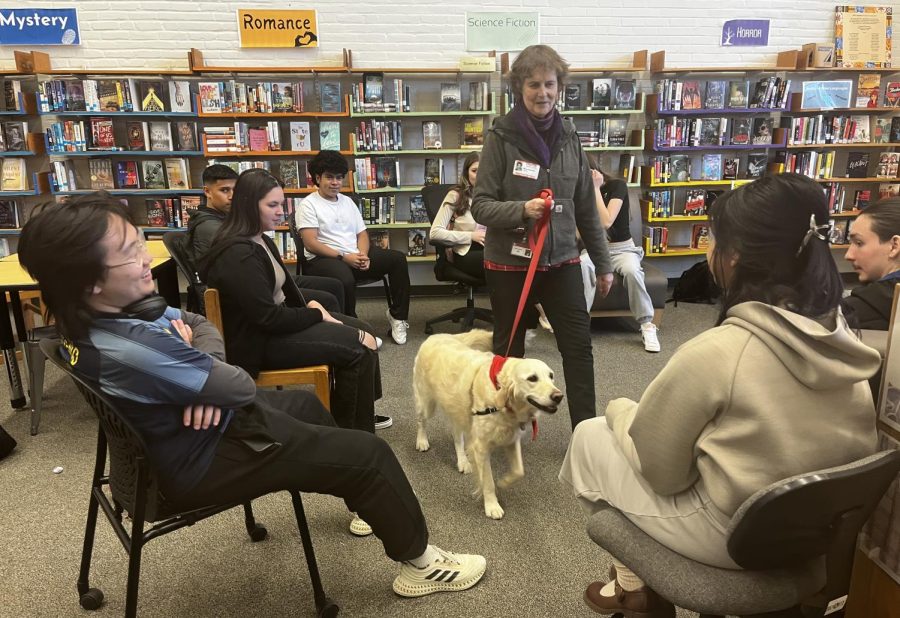
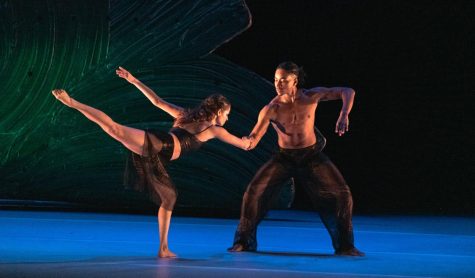


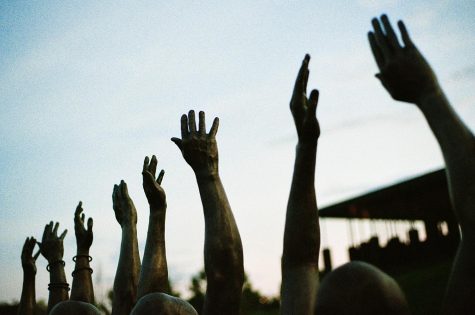


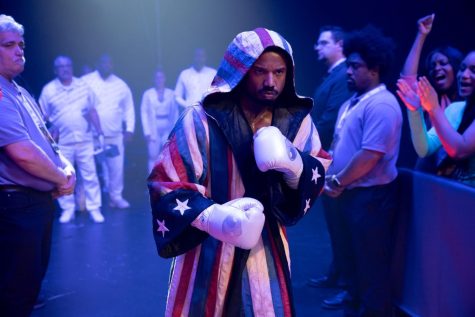
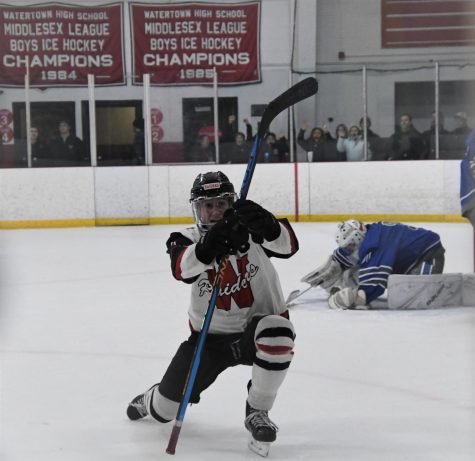

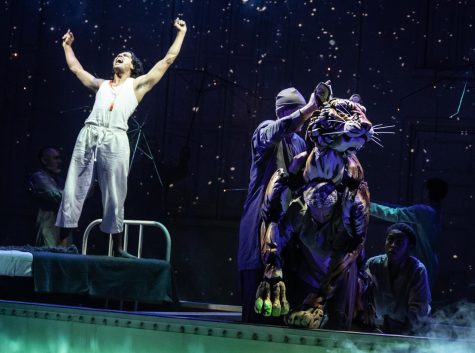
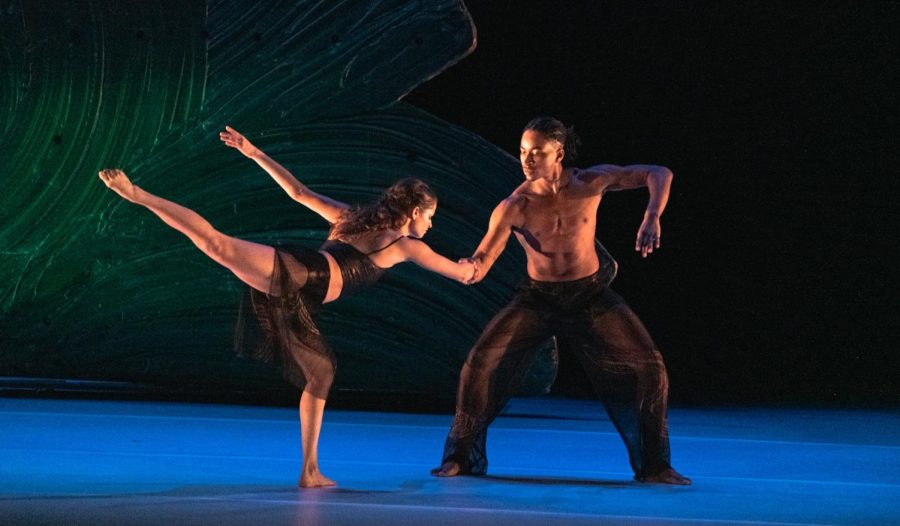

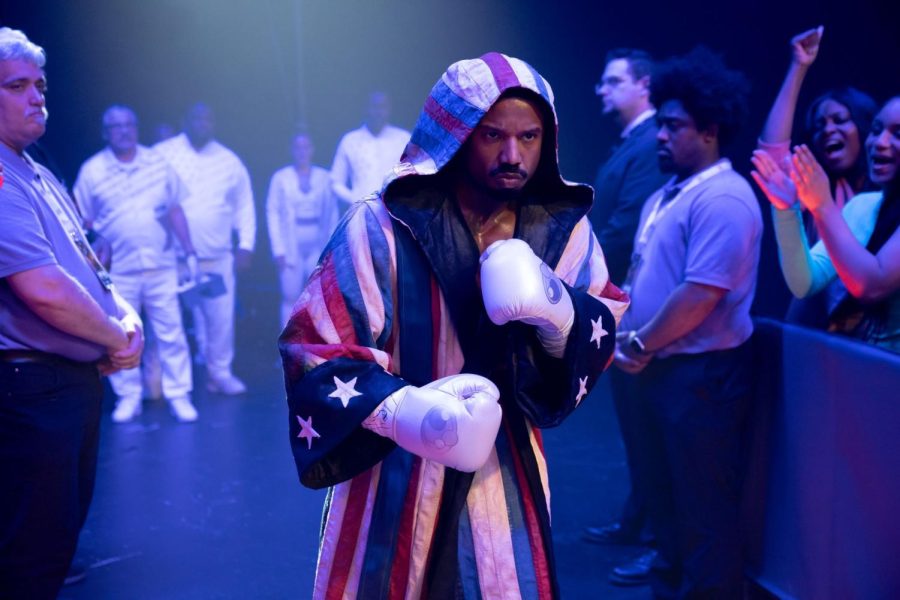



Virna Pepe • May 1, 2015 at 8:35 pm
Some people have a lot of time on their hands. I’d like to know who came up with this ridiculous idea because the only person/people it offends is them – they’re the ones with the problem and they are trying to make it everyone else’s. If they have a problem, move to a different town – don’t change ours.
It’s an honor and a tribute to American tradition to have a school’s team named after them. What’s happening here is stripping American tradition – no wonder these kids have no roots or history – it keeps getting changed. Like it or not, Native Americans were here before any of us – we shouldn’t forget that. I would LOVE to have a team named after Italians – haven’t seen it yet though! lol
Shame on Shirley Lundberg and the Watertown School system for following and not leading, (who care what other towns have done – they’re wrong too) for caving in to a whiny, negative group of people who have nothing better to do than to stir trouble. And what ever happened to majority rules? I though this was a democracy – find out how most of your tax paying residents feel – that’s who you should be listening to. Like it or not – we pay your salary and you work for us. Leave well enough alone. Waste of time, money and energy . Focus on education and not changing history
Santa Clancy • Apr 30, 2015 at 4:24 pm
Class of 64′ and I have Native American Indian ancestors on my mother’s side of the family and I am not offended by our Indian logo and just don’t understand why the fuss. Having Native American Indian blood in my family DNA makes me proud of my ancestors and my high school mascot…this is just another attempt to change our country and it’s history, I thought we were supposed to be the melting pot of cultures not bending to pressure to change our ways and customs. This makes me very angry it just another step to give up and erase history!
June Cleaver • Apr 30, 2015 at 3:39 pm
This is absolutly ridiculous, what is wrong with these people coming from outside of Watertown trying to change everything. The worst thing Watertown did was get rid of the selectmen and hire Driscoll. These outsiders have ruined a close community where everybody knew there neighbors and most of the people in town.